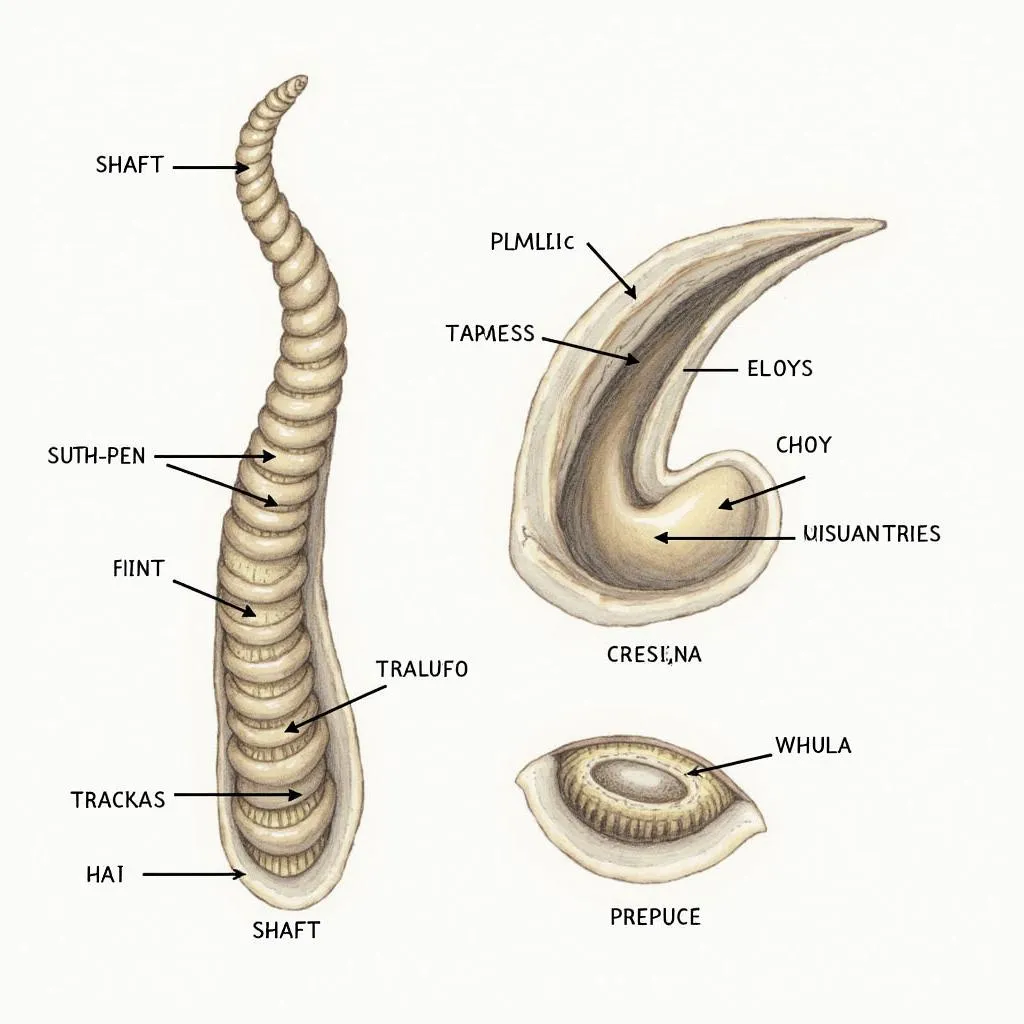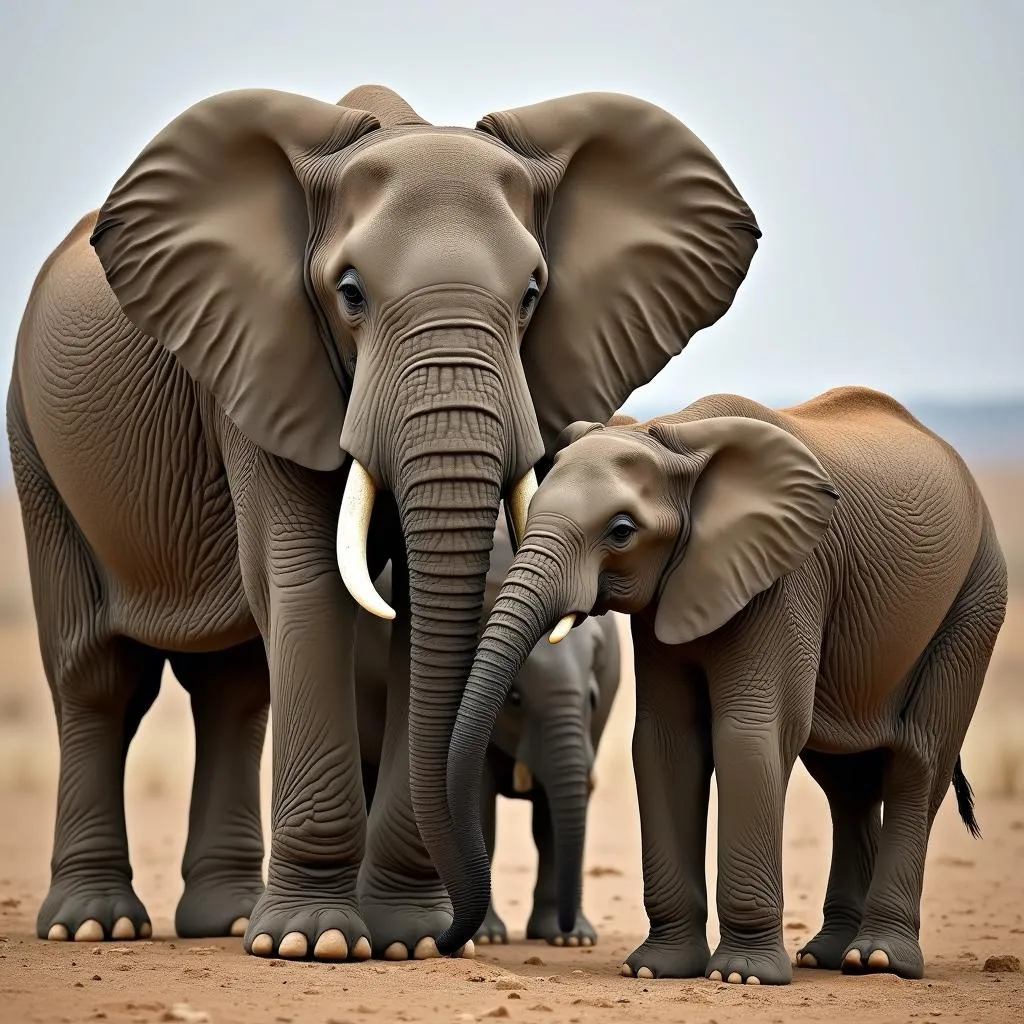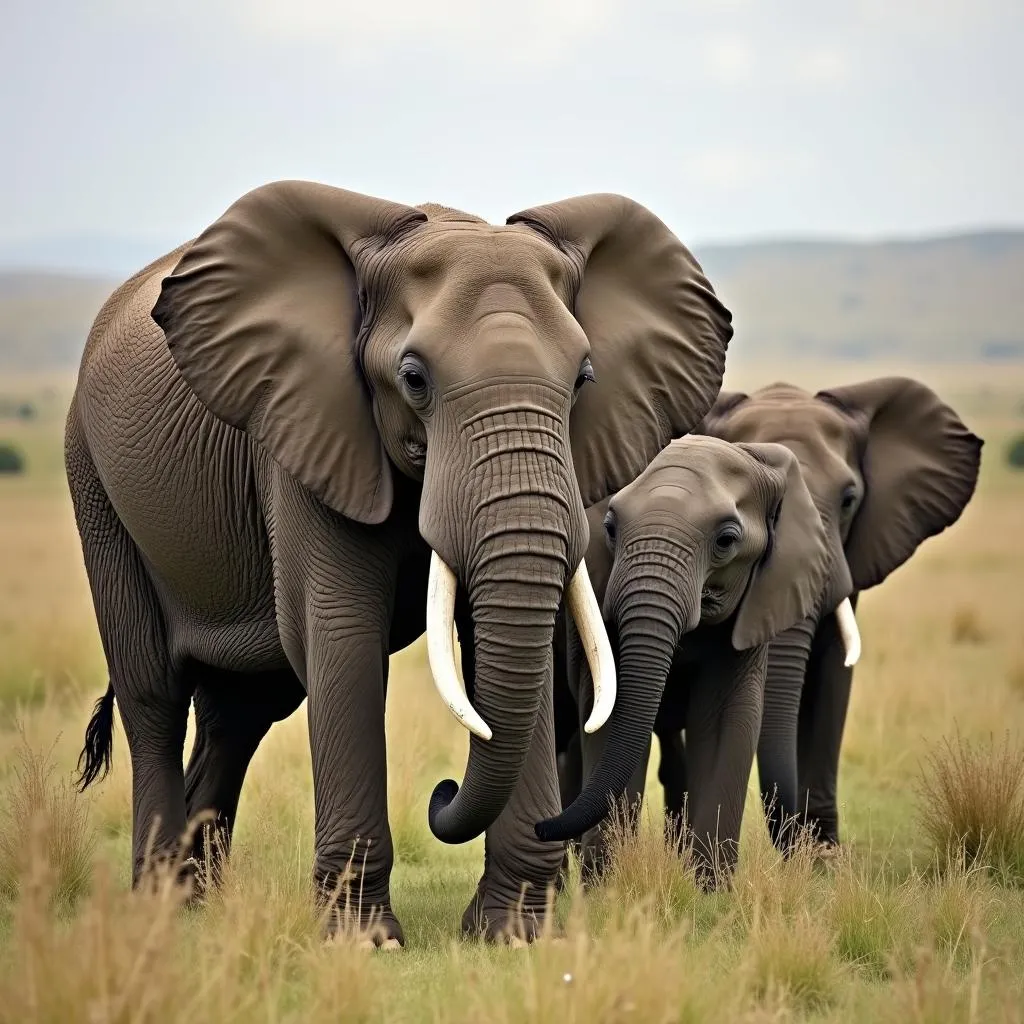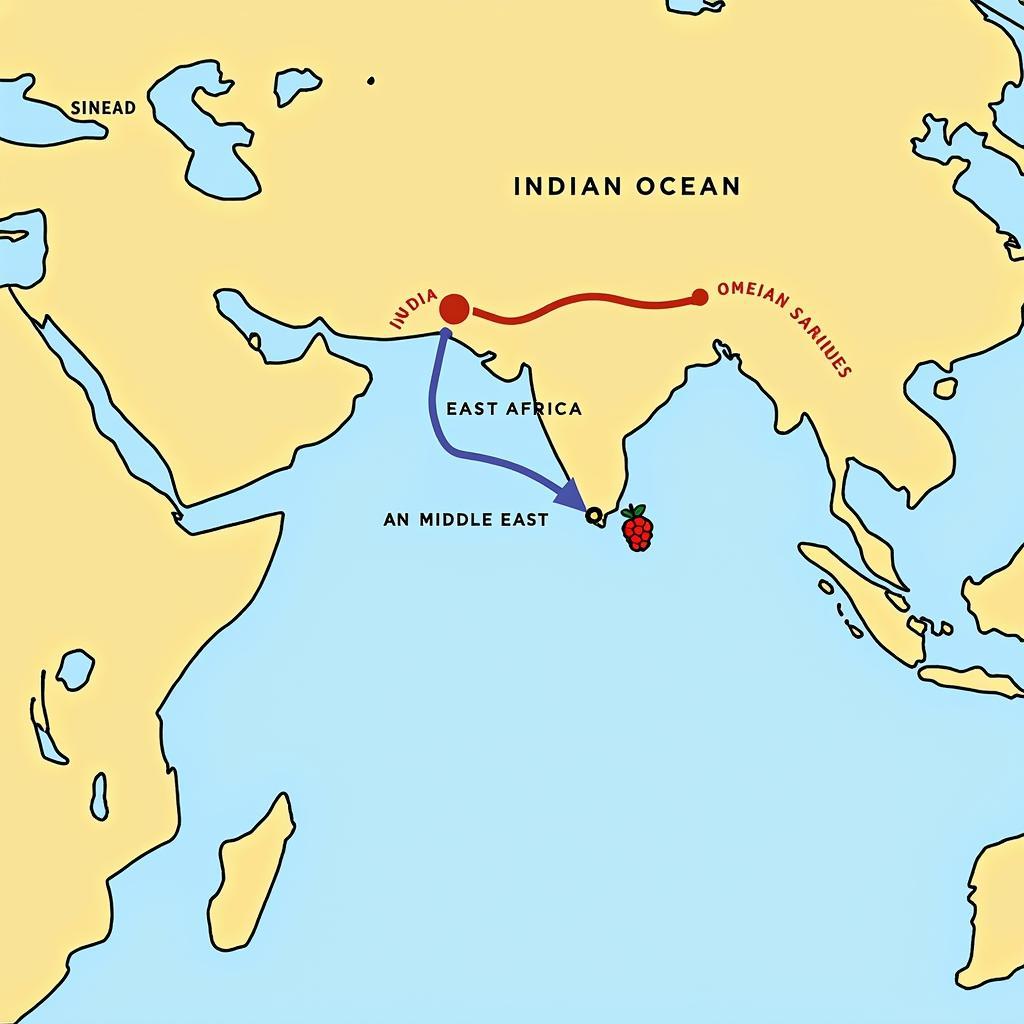The Fascinating World of African Elephant Penis: A Deep Dive
The African elephant, with its majestic size and iconic tusks, is a captivating creature that has fascinated humans for centuries. But beyond its external grandeur lies a fascinating world of anatomy and physiology, including the African Elephant Penis. This intriguing organ has intrigued scientists, researchers, and the general public alike, prompting questions about its size, structure, and function. In this article, we delve into the fascinating world of the African elephant penis, exploring its unique characteristics and significance in the context of the animal’s biology and culture.
Anatomy and Size
The African elephant penis, like that of other mammals, is responsible for urination and reproduction. However, its size and structure are truly remarkable. Due to the immense size of the African elephant, its penis is proportionately large, measuring up to 6 feet in length and weighing several pounds. It is typically composed of a shaft, glans, and prepuce, similar to the human male anatomy. The glans, or head of the penis, is covered in a series of papillae, which are small, nipple-like projections. These papillae are thought to play a role in stimulating the female during mating.
Function and Reproduction
The African elephant penis serves a crucial role in the animal’s reproductive cycle. During mating, the penis becomes erect and is used to deposit sperm into the female’s vagina. The large size of the African elephant penis is believed to be an adaptation for efficient insemination, ensuring the successful fertilization of the female. The erect penis, in combination with the male’s powerful muscular structure, enables the deep penetration required for successful mating.
Cultural Significance
The African elephant penis holds cultural significance in certain African societies. In some communities, it is believed to possess medicinal properties and is used in traditional medicine. For instance, the penis is sometimes dried and ground into powder, which is then consumed or used in topical remedies. It is important to note that these practices are rooted in tradition and belief systems, and scientific evidence supporting their effectiveness is often limited.
Conservation Concerns
The African elephant is facing numerous threats, including habitat loss, poaching, and human-wildlife conflict. These threats directly impact the conservation of African elephant populations and have consequences for the species’ reproductive success. It is essential to raise awareness about the challenges facing African elephants and support conservation efforts aimed at protecting these magnificent creatures and their unique anatomy, including their penis.
What is the purpose of the African elephant penis?
The African elephant penis serves two primary purposes: urination and reproduction. During urination, it functions as a conduit for urine to exit the body. During reproduction, it becomes erect and is used to deposit sperm into the female’s vagina.
How does the African elephant penis work during mating?
During mating, the African elephant penis becomes erect and is used to penetrate the female’s vagina. The large size and muscular structure of the male’s penis facilitate deep penetration, ensuring successful insemination. The glans, with its papillae, is thought to provide sensory stimulation for the female during mating.
What are some cultural beliefs surrounding the African elephant penis?
In certain African communities, the African elephant penis is believed to possess medicinal properties and is used in traditional medicine. It is sometimes dried and ground into powder, which is then consumed or used in topical remedies. These practices are rooted in tradition and belief systems, but scientific evidence supporting their effectiveness is often lacking.
Is the African elephant penis endangered?
The African elephant is facing numerous threats, including habitat loss, poaching, and human-wildlife conflict. These threats directly impact the conservation of African elephant populations and have consequences for the species’ reproductive success. The status of the African elephant penis is directly tied to the overall conservation status of the species, which is considered threatened or endangered depending on the specific subspecies.
Why is it important to protect the African elephant penis?
Protecting the African elephant penis is crucial for the species’ survival and the preservation of its unique biology. The penis plays a vital role in the elephant’s reproductive process, and its conservation is inextricably linked to the overall health and stability of the species. Additionally, protecting the African elephant penis contributes to the preservation of biodiversity and the ecological balance of African ecosystems.
 Anatomy of the African Elephant Penis
Anatomy of the African Elephant Penis
 African Elephant Mating
African Elephant Mating
 African Elephant Conservation
African Elephant Conservation
Protecting the African elephant and its unique anatomy, including the penis, is vital for the preservation of this magnificent species and its role in African ecosystems. By raising awareness, supporting conservation efforts, and advocating for responsible practices, we can contribute to the long-term survival of the African elephant and its remarkable features.
